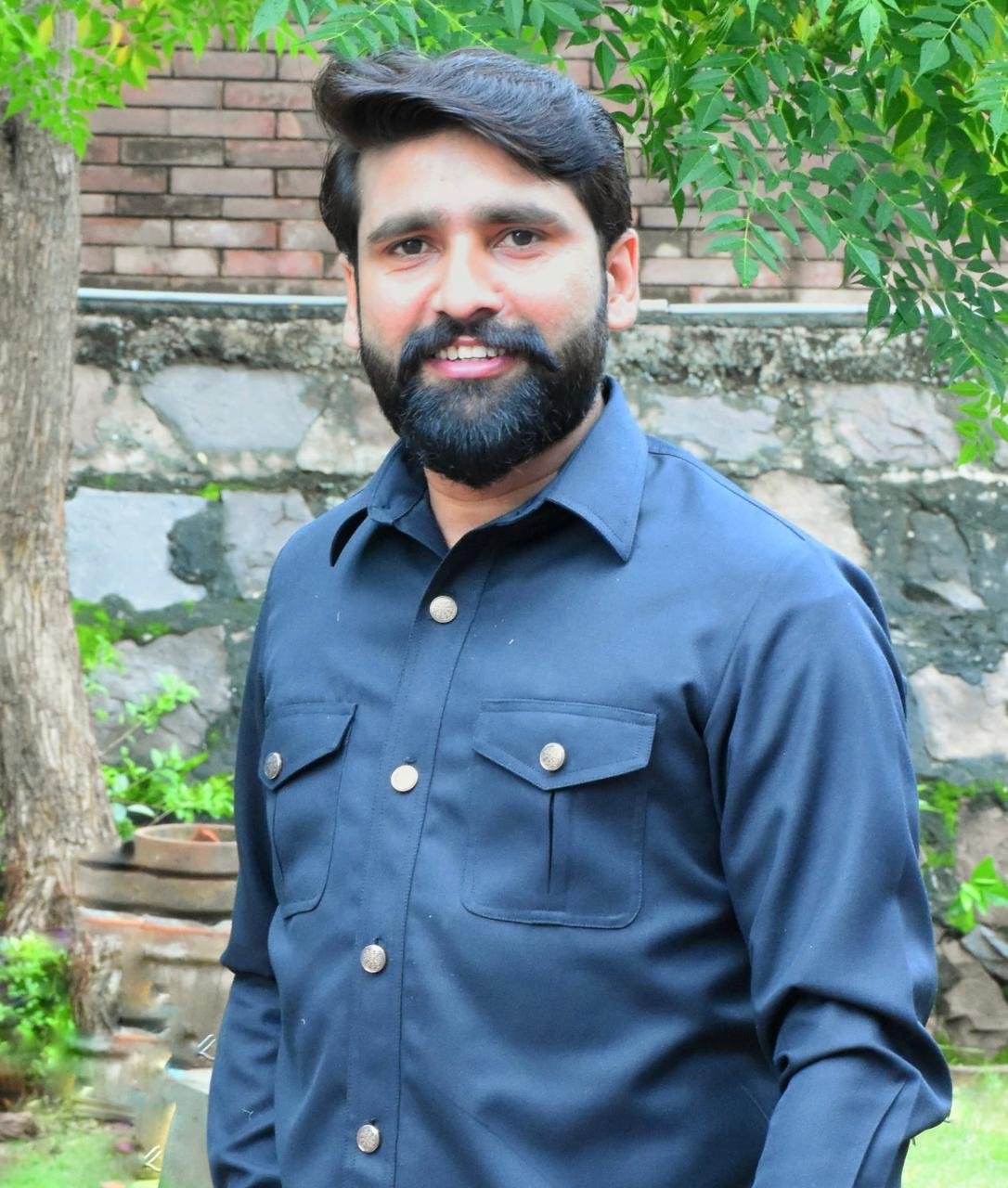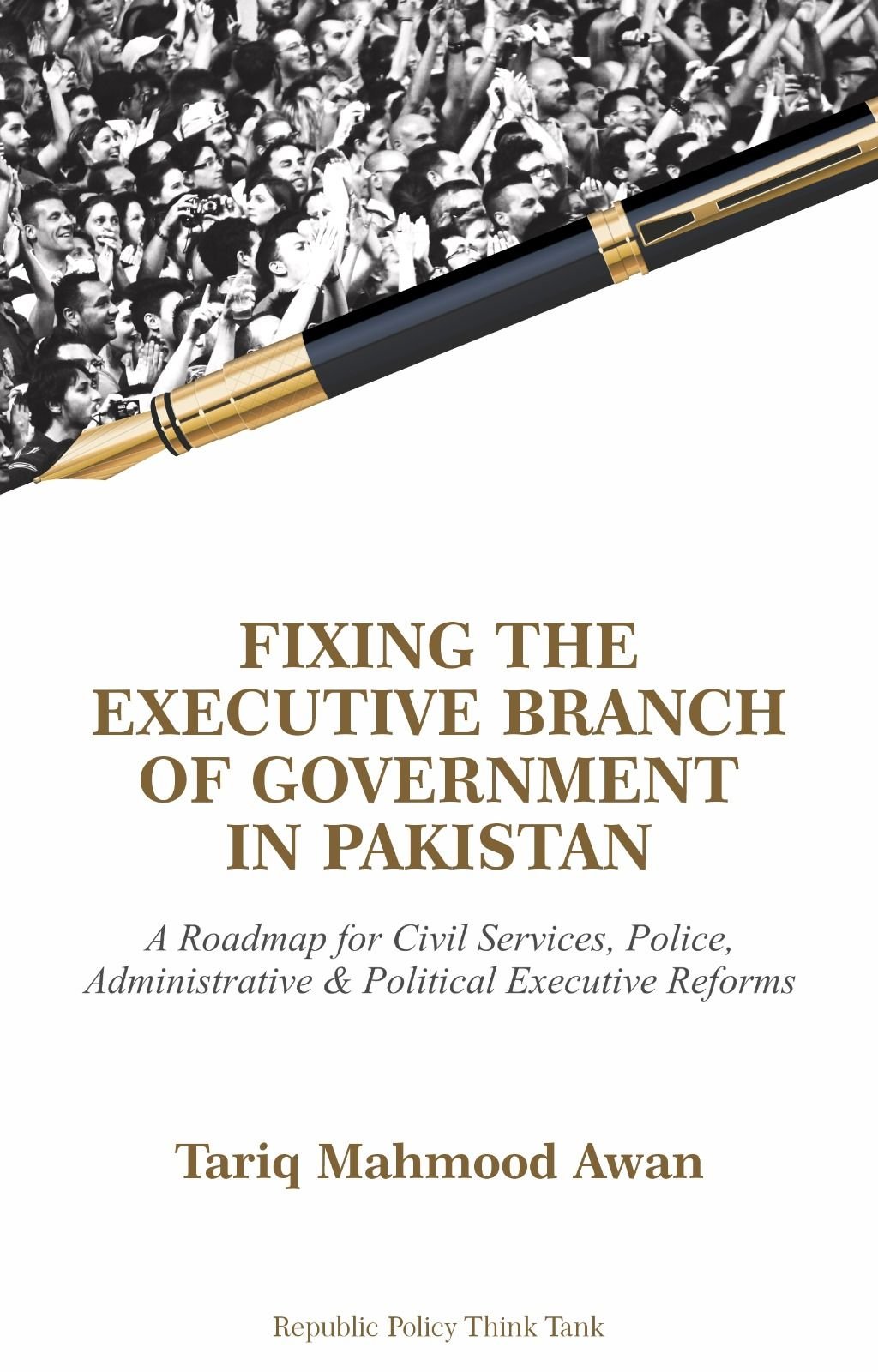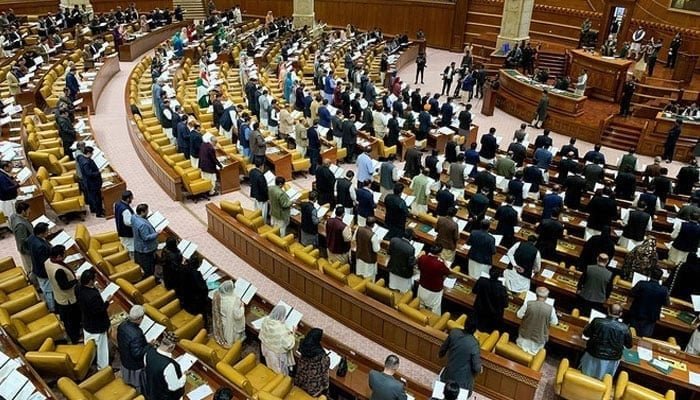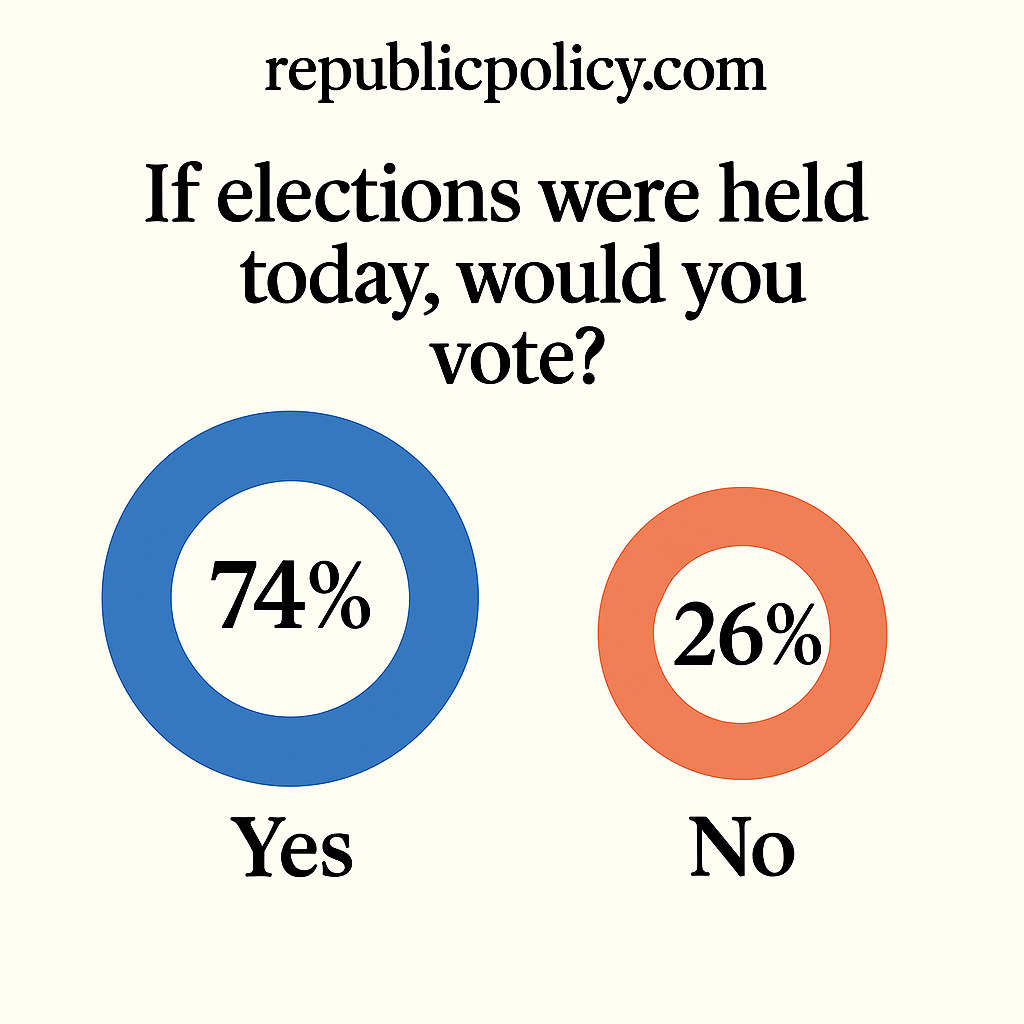Mudassir Rizwan
Now that the parliament has passed the 27th constitutional amendment bill, Pakistan is all set to have its first separate constitutional court. By streamlining constitutional adjudication in a specialized court, the government’s stated aim is to overcome rising backlogs and perceived politicization of judiciary. While these issues make a compelling case for reform, the idea of a separate constitutional court is a non-starter in Pakistan’s context. A dedicated constitutional court, having an exclusive power of judicial review, was an institutional response to specific problems faced by courts in civil law systems while the judiciary in Pakistan, a common law country, follows an altogether different legal philosophy. Hence, the federal constitutional court, far from removing the ills, threatens the very foundations of precedent-based adjudication and judicial independence upon which our judicial system is built.
Pakistan’s judicial structure follows a hierarchical approach where there are lower courts for hearing civil, criminal and other matters, followed by High Courts at the provincial levels and ultimately, the Supreme Court, the apex court. In this system, both the Supreme Court and the High Courts not only perform appellate functions in ordinary matters but also take up constitutional matters under articles 184(3) and 199 of the constitution respectively. Hence, embodying structural unity of the judicial system, these courts resolve constitutional matters and lead to the gradual development of the jurisprudence, all in the course of ordinary litigation.
Another unique feature of the judicial system in Pakistan is that, like other common law countries, constitutional questions are deeply embedded within the ordinary litigation. Since disputes of all types are decided by the same courts, through the same procedure, constitutional issues can be present in any or all of these disputes. Hence, no adjudication is specifically described as “constitutional adjudication” as such anymore that no adjudication is marked as “administrative adjudication. Such an arrangement ensures the development of constitutional theory, not in abstract, but with respect to its application on real-life situations, thus refining it alongside evolving social and political landscape.
Lastly, the judicial structure in Pakistan is built around the logic of stare decisis, that decisions declared by superior courts, when they explain and decide a particular question of law, are binding for the courts in the lower hierarchy. In jurisdictions that follow an integrated approach to resolve constitutional issues, having the law of precedent allows lower courts to provide their own input in the evolution of constitutional theory while making sure that the apex courts can refine it further. The jurisprudence produced as a result is binding not simply because it protects citizens’ rights but because it ensures stability, consistency and coherence of the judicial system.
As far as the idea of a separate constitutional court is concerned, it originated in civil law systems of Europe, which lacked judicial review following World War I. Hans Kelsen’s emphasis on having a separate court, due to the deeply political nature of constitutional adjudication, led to the establishment of Europe’s first specialized constitutional court in Austria in 1920. He envisioned that with an exclusive jurisdiction over constitutional matters and structural separation from ordinary courts, the court could secure implementation of constitutional protections. As the significance of fundamental rights transformed from being normative principles to the very essence of a democracy, more civil law systems such as Germany, Italy and Spain established separate constitutional courts.
A constitutional court’s most defining feature is it’s exclusive jurisdiction over constitutional matters. The conceptual basis of this exclusivity lies in Kelsen’s view that constitution is superior to all the other legal norms of the country. Hence, getting the constitutional court to share the power of judicial review with ordinary courts, which apply the very laws to be subject to judicial examination, would create a legal anomaly. Thus unlike the judicial system in Pakistan, ordinary courts in civil law systems cannot conduct the judicial review of legislation with their role being limited only to referring a constitutional matter to the constitutional court.
Moreover, in civil law systems, constitutional matters form a distinct category of adjudication from civil, criminal and administrative disputes with each having a separate hierarchy of courts. Because of this compartmentalization, constitutional issues are heard by a specialized constitutional court. For instance, there are different supreme courts each for civil, criminal and constitutional issues in France, with the Conseil Constitutionnel (Constitutional Council) having the exclusive power of judicial review. Thus, the feasibility of a constitutional court is deeply tied to doctrinal separation of constitutional matters from civil and criminal issues in the judicial hierarchy.
Most importantly, judicial system in civil law countries where constitutional courts commonly exist, do not follow the law of precedent. Previous judgements of courts are considered persuasive at best and judges are largely independent in their interpretation of a statute. This is also true for constitutional court, which examines the constitutionality of laws in general, not as part of a specific dispute between parties. For instance, Germany’s constitutional court can conduct abstract judicial review of a statute before its enactment on the complaint of political bodies. Thus, the decisions of the constitutional court are subject to voluntary acceptance of ordinary courts in civil law countries.
In that context, a separate constitutional court is incompatible with our legal system as it effectively abolishes the principle of precedent, a cornerstone of the judicial structure in Pakistan. As per the amended article 189, the decisions of the Supreme Court would not be binding on the FCC, thus doing away with the rich body of jurisprudence gradually developed and refined over the course of 70 years. It not just erodes the very basis upon which our judicial system is built but also leads to inconsistent and even conflicting jurisprudential trajectories.
Furthermore, the federal constitutional court also eats away the hierarchical uniformity of the judicial system by creating a parallel court as the sole arbiter of constitutional matters. Thus, splitting a dispute into two and placing them before two different courts would aggravate the sufferings of the litigants already facing long delays. For instance, a service matter in Pakistan pertaining to wrongful dismissal of an employee may also be justiciable under equality before law clause under article 25 of Pakistan’s constitution. In the absence of a tradition of legal bifurcation, litigants would be forced to guess the right forum for their dispute while the judiciary debates and determines the jurisdiction.
Moreover, the fact that the shadow of the executive looms large over the appointments to the federal constitutional court, raising serious concerns about its independence, especially where the government is a party to a dispute. As per the latest changes to the article 175 A, the first chief justice and the judges to the FCC will be appointed by the president on the advice of the prime minister. The executive controlled federal constitutional court would become a battleground for gaining political influence. Just as happened in the aftermath of the establishment of constitutional benches under the 26th amendment, the government aims to secure favorable decisions for it especially in politically sensitive cases such as those pertaining restrictions on political dissidents and electoral disputes.
Last but not the least, as the new federal constitutional court retains monopoly over judicial review, it greatly diminishes the Supreme Court and the High Courts’ traditional role of constitutional adjudication. This would rupture the institutional cohesion, leading to a greater competition and tug of war between these parallel institutions. Despite the fact that civil law systems enjoyed fertile soil for the functioning of an independent constitutional court due to functional separation, constitutional courts faced intense pushback from supreme courts regarding the implementation of its interpretation of the constitution in Germany, France and Italy. As the resignations of two Supreme Court judges shows, The internal tensions are only going to worsen in Pakistan as the FCC is likely to be perceived as subservient to the executive and designed to curtail independent minds in the judiciary. .
In short, the procedural delays, rising backlog and the politicization of judiciary are issues that prove the need for reforms to meet the ends of justice. However, the judicial restructuring that started with the establishment of constitutional benches and culminated in the federal constitutional court is not a reform measure but executive capture of the judiciary to weed out any independent judicial voices. Unless grassroots reforms as well as transparent appointment procedures are ensured, judiciary will continue to be a battleground for political machinations of the elite. Ultimately, it is the constitution, citizens of the country and their faith in the state, that stands to suffer the most.














